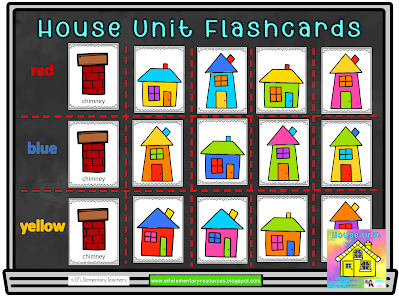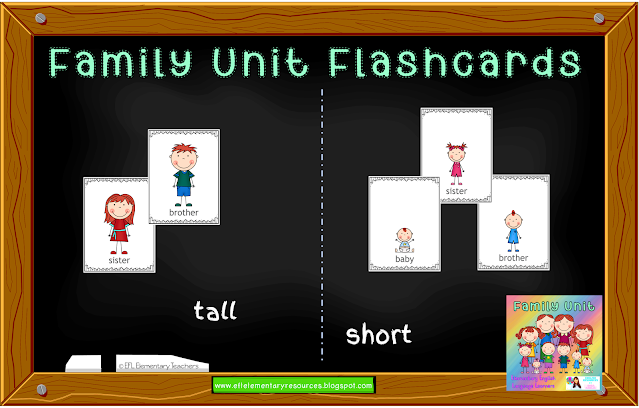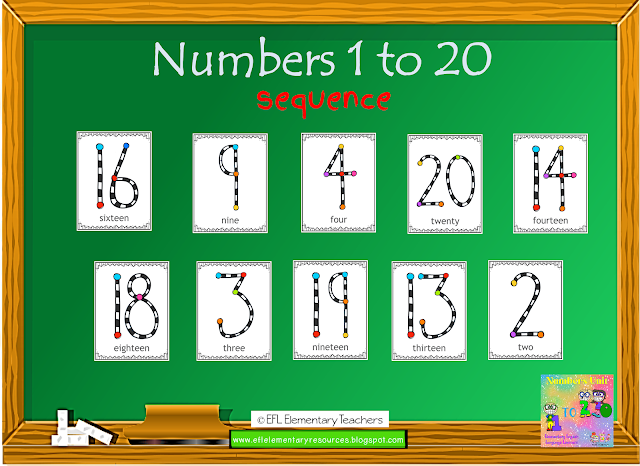This resource is included in the House Unit available here:
https://www.teacherspayteachers.com/Product/Rooms-of-the-House-Unit-for-Elementary-ELL-10395114
Introduce the
home vocabulary. Place the house flashcard in the middle of the board. Teach
the new word of the unit creating a mind map.Start adding
the rooms of the house for your students to repeat.Teacher: This is
the bathroom!Students:
bathroom!Students can
look, point to each room of the house and say each word: bedroom!Talk about the
color of the rooms. Teacher: What color is the bathroom?Students: blue!Teacher: What
color is the bathroom in your house?Students: It’s
gray!
Teacher: What’s
your favorite room in the house?Student 1: The
bathroom.Tally the
answers and draw conclusions of the results with your class.Teacher: What was
the favorite room in the house?Student 1: the
dining room.
Make connections with prior knowledge.The Family
Members are in the house. Students will be able to state where the family
members are. It is a good moment to revise the family members vocabulary. Make
an emphasis to the phrase in the (room)
Stick the
flashcards on the board and an arrow to a room and say a sentence: Mother is
in the bathroom.
Ask questions:
Where
is father?
Place only the
parts of the house flashcards on the board and hand in a family member to seven
students. They have to listen to your sentences to where they to put them.
Teacher: Father is
in the living room.Then, ask
questions: Where is grandpa?Students: He’s
in the kitchen.Teacher: Is
grandma in the bathroom?Students: yes, she
is.Teacher: Is the
baby in the garden?Students: No, he
isn’t.
Review the key
language by Playing this guessing game.
Place a family member with an arrow that goes to a room of a house, but
cover the flashcard of the family member or put in backwards. Have students ask
yes/no questions: Is mother in the garden?
Students: Is
sister in the garden?
Teacher: yes!! Uncover
the family member.
Talk about
your house. Present there is and there are for this activity. Try to
create a house map and place several bedrooms and bathrooms. Teacher:
There are 3 bedrooms and two bathrooms in the house. There is a living room, a
dining room and a kitchen.
Have several
students come and place the flashcards to represent their home.
I have checked several text books and
I haven’t seen the parts of the house in the scope and sequence. But I will
include the flashcards in the resource. Just make a simple mind map to introduce the new
words: roof, door, chimney, window using the flashcards.
There is a set of several houses with
different colors and with roofs, chimneys, doors and windows in different color
condition. Have your students do sorting on the board or on the table. Students
can sort by color the chimney.
It
can also be the doors.
Try
with the Windows.
Check
my other blog for more resources, ideas and activities for the House Unit:
https://eflpreschoolteachers.blogspot.com/
Go to my
Instagram account: https://www.instagram.com/rosamelia_eslteacher/






















.png)





























